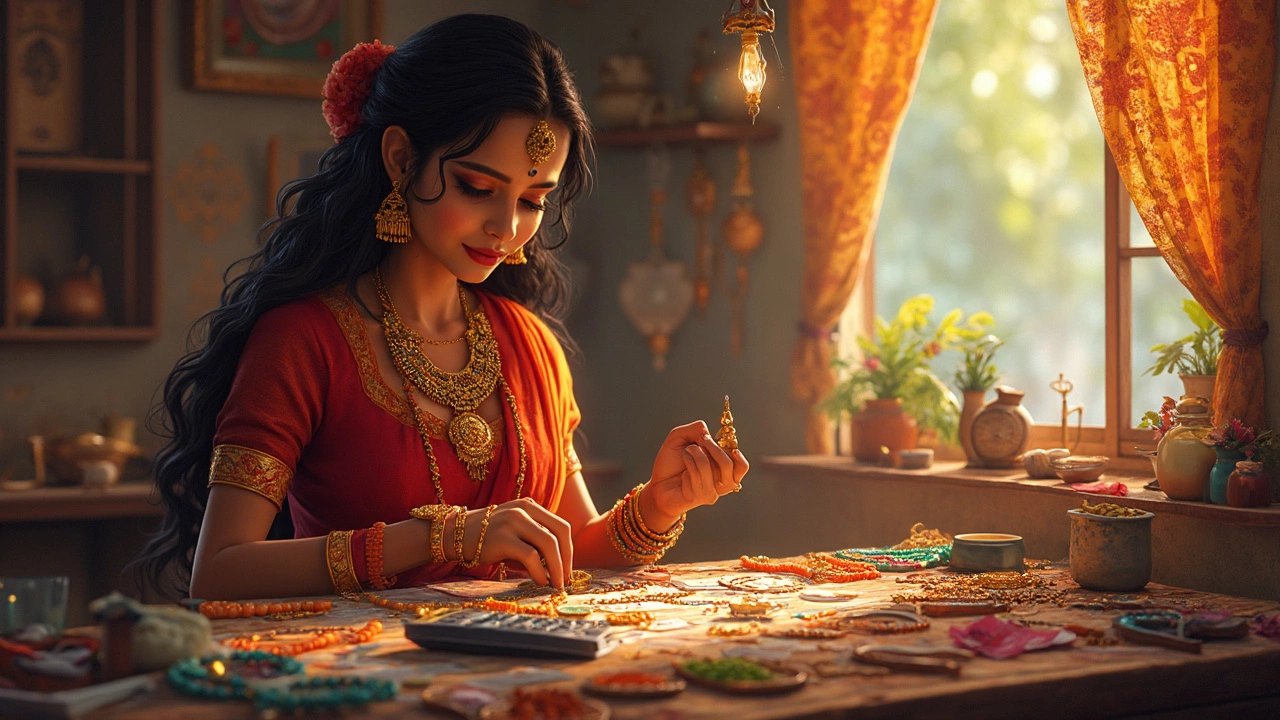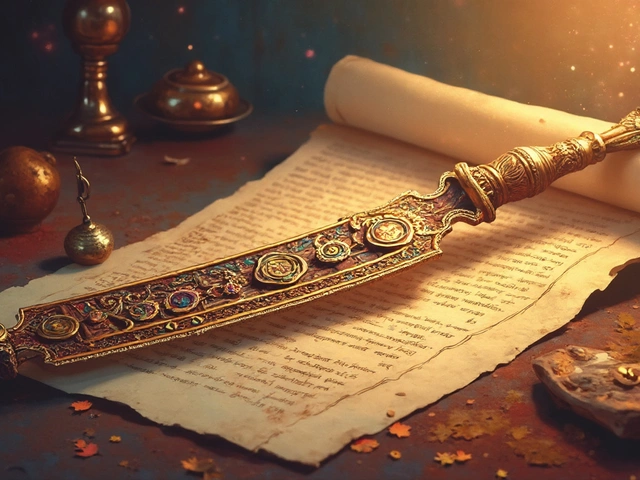Average Markup in Indian Jewellery – What You Need to Know
Ever wondered why the same gold necklace can cost so differently from one shop to another? The answer often lies in the markup – the amount a retailer adds to the raw material cost. Understanding average markup helps you judge whether a price is fair or inflated.
How Markup Is Calculated
Retailers start with the base cost of gold, silver or gemstones. For gold, they use the current market rate per gram. Then they add a percentage to cover labor, design, overhead and profit. In India, the typical markup for plain gold jewellery ranges from 30% to 60%, while heavily detailed pieces can go up to 80% or more.
Let’s break it down with a quick example. Suppose 10 grams of 22‑carat gold costs ₹5,000 per gram. The material cost is ₹50,000. With a 40% markup, the selling price becomes ₹70,000. If the jeweller adds a fancy setting or embroidery, the markup could jump to 70%, pushing the final price to ₹85,000.
Silver and gemstone pieces follow a similar pattern, but the percentages differ. Silver often sees a lower markup (20‑40%) because the base price is cheaper. Gemstones bring their own complexities – quality, cut and origin heavily influence the added percentage.
Tips to Spot Overpriced Pieces
1. Ask for the weight and purity. A trustworthy shop will provide a BIS hallmark certificate showing the exact gold purity and weight. Compare that weight with the price you’re quoted.
2. Know the current metal rates. Websites, news channels or RBI updates list the daily gold and silver rates. If the quoted price is far above the calculated markup range, pause and negotiate.
3. Check the design cost. Complex designs justify higher markups, but a simple chain with a basic pendant shouldn’t carry a 70% markup. Ask the jeweller to break down labor costs.
4. Shop around. Visit multiple stores or browse online platforms like RH Jewellers. Seeing the same style priced differently gives you a clear sense of the market average.
5. Look for hallmarks. The BIS hallmarks (e.g., 22K, 916) guarantee purity. Missing or dubious stamps often signal low‑grade metal with inflated markup.
Understanding average markup empowers you to shop confidently. It doesn’t mean you have to become a math expert – just keep the basic percentages in mind, verify the raw material cost, and ask questions when something feels off.
At RH Jewellers India, we keep our markups transparent and within the industry norm. Our BIS‑certified pieces come with a clear price breakdown, so you know exactly what you’re paying for – the metal, the craftsmanship, and a piece of Indian heritage.
Next time you walk into a store, use these pointers to gauge whether the price reflects genuine value or an unnecessary markup. Happy shopping!
Average Markup for Handmade Jewelry: What Makers Need to Know
Ever wondered how much to mark up handmade jewelry? This guide breaks down the typical markup rates, why they matter, and what goes into the final price tag. Learn practical tips for setting prices if you craft your own jewelry or use jewellery making kits. Find out about hidden costs makers overlook and how your pricing stacks up to the competition. Get the facts before you sell or buy handmade pieces.





